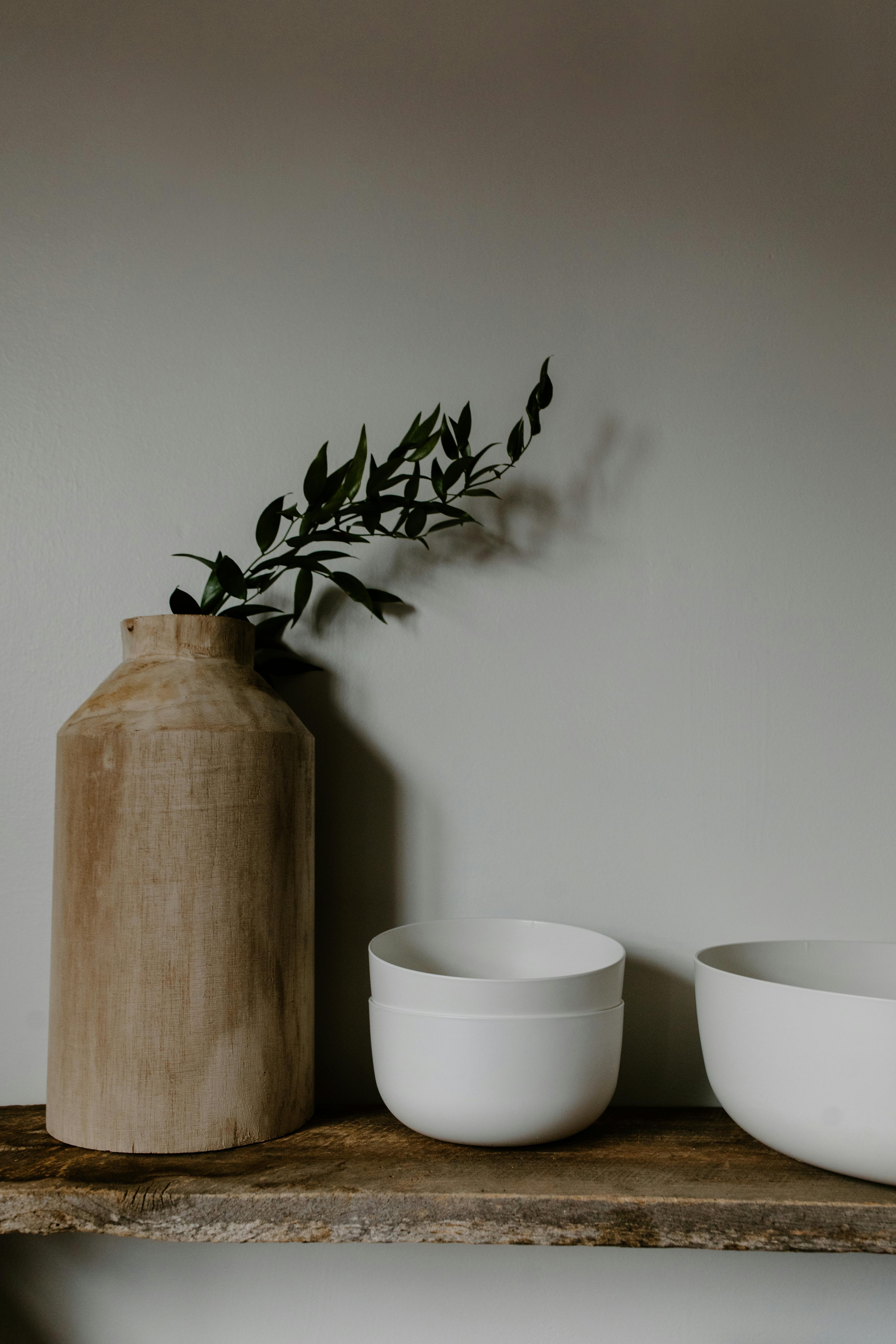"Reviving the Charm of Wabi-Sabi: Aesthetic Imperfection in Home Design"
Introduction: The pursuit of perfection seems to be the trend in most areas of life, and home decor is no exception. However, there's a growing movement towards embracing the imperfect, the incomplete, and the transient, a concept known as Wabi-Sabi. Let's dive into this Japanese philosophy that's making waves in the world of home design.

Background and Historical Context:
The term Wabi-Sabi originates from Japanese aesthetics and world views. Wabi, originally meaning desolation, came to embody rustic simplicity, freshness, and understated elegance. Sabi, on the other hand, signifies beauty or serenity that comes with age. Together, Wabi-Sabi embraces imperfection, incompleteness, and the transience of life. This philosophy is deeply rooted in Zen Buddhism and the tea ceremony tradition, which appreciates the beauty of the mundane and the imperfect.
Current Trends and Expert Insights:
Today, the Wabi-Sabi aesthetic is gaining popularity across the globe, particularly in home design. The trend embraces the natural patina of age, along with the beauty of the handmade and the one-of-a-kind. It’s about appreciating the cracks in a ceramic bowl, the uneven texture of a handmade rug, or the fading color of a wooden table. Design experts are advocating this philosophy, encouraging people to appreciate the beauty of the natural aging process and to create spaces that evoke tranquility and authenticity.
Practicality and Market Trends:
Wabi-Sabi, as a design philosophy, brings a sense of calm and comfort to homes. It encourages the use of natural materials, handcrafted pieces, and items with a history. This not only reduces the need for mass-produced items but also supports local artisans and craftspeople. Market trends also indicate a shift towards such design philosophies that focus on authenticity and sustainability.
Depth and Accessibility:
Despite its deep philosophical roots, Wabi-Sabi can be easily incorporated into any home. It’s as simple as choosing a handwoven rug over a machine-made one, or a ceramic vase with an irregular shape instead of a flawless glass one. It’s about finding beauty in the worn-out, the faded, and the imperfect. This design philosophy is not about grand gestures or costly renovations; rather, it’s about embracing the beauty in the things we already have around us.
In the fast-paced, perfection-driven world we live in, the ancient philosophy of Wabi-Sabi offers a breath of fresh air. It urges us to slow down, to appreciate the beauty of the imperfect, and to create homes that are not just beautiful, but also authentic and tranquil. So, the next time you see a crack in a vase or a faded wooden table, remember that it’s not a flaw; it’s a testament to life, to time, and to the beauty of imperfection.





